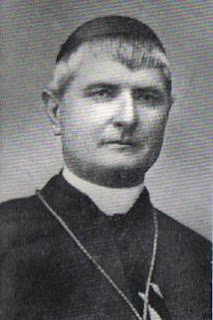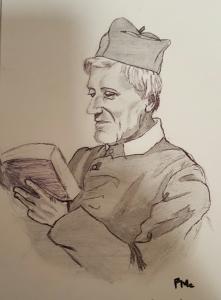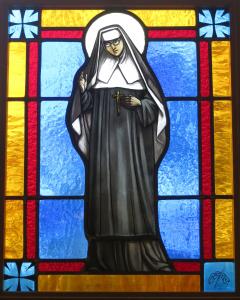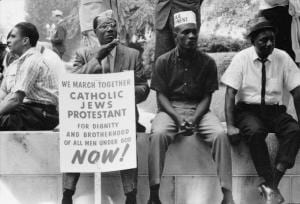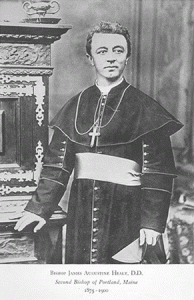Today marks the death of Archbishop Robert Seton (1839-1927), grandson of St. Elizabeth Seton and the first American priest to be named a Monsignor. Born in New York, he studied for the priesthood in Rome. In 1861, after two years at Rome’s North American College, he talked Pope Pius IX into letting him enter the Pontifical Academy for Noble Ecclesiastics on the grounds that, although the United States didn’t have an aristocracy, as the grandson of a prospective saint, he was the closest possible thing. In 1867, at age 28, he was named a Prothonotary Apostolic with the title of Monsignor, the first American priest to be so honored. (Until the 1960’s, PA’s got to dress like bishops at certain days in the liturgical year, without actually holding the office.) Seton seems to have been quite a character, with a strong sense of his importance. One writer describes him as having “an expansive sense of his proper position in the scheme of things.” When he returned to America, he served as a pastor in Jersey City under his cousin Archbishop James Roosevelt Bayley. In 1903, he was named titular Archbishop of Heliopolis and took up an opulent residence in Rome that proved to be beyond his means. Seton was said to be a fanatic for liturgical proprieties, refusing to celebrate Mass if the ribbons in the Missal weren’t ironed. When his money ran out, he came back to New Jersey to live at the College of St. Elizabeth, founded by his grandmother’s community.

